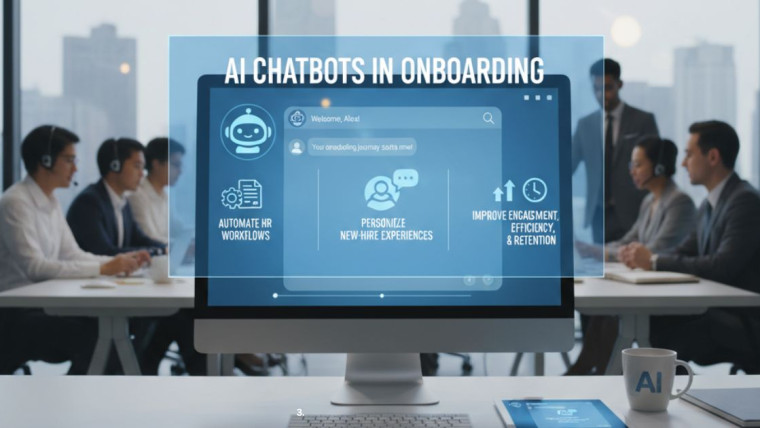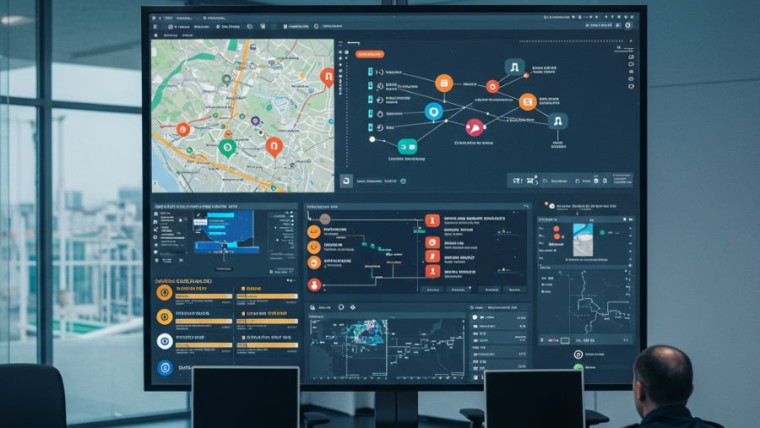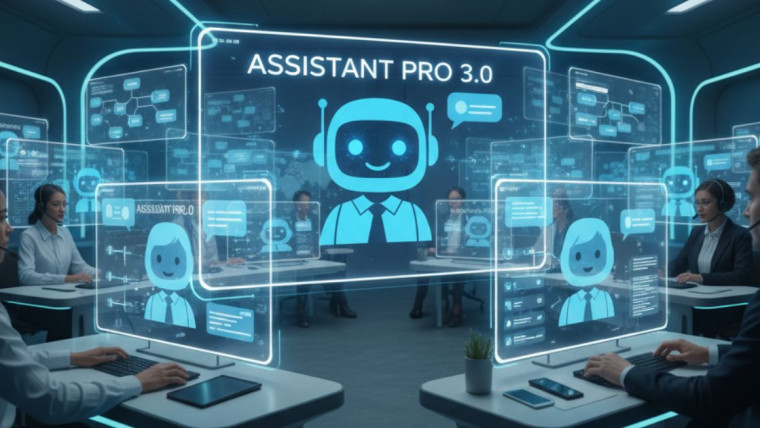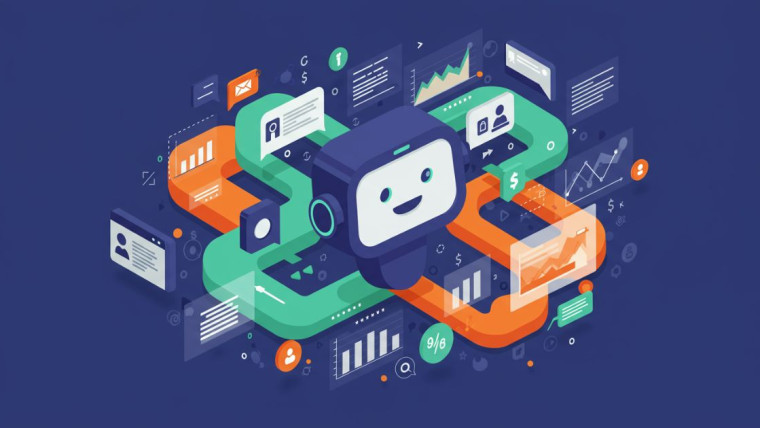The cost of delivery is a major headache for all businesses the world over. In the continued tug of war that is Chatbot vs Live Agents, the challenge remains to strike the delicate balance of operational efficiency and superior customer service.
This is where this article comes in… Chatbots vs Live Agents isn’t a fashion statement; it is actually a business logic and a strategic decision. We’ll look at which is more cost-effective, the advantages and disadvantages of each, and how finding the right blend can lower overhead and production costs without negatively impacting the level of service.
Why operational costs are crucial to customer service
Customer service operations are among the most expensive departments for companies. A large investment is needed to hire, train, and maintain live staff. And then you also need to account for the overhead costs of office space, hardware, software, and other infrastructure — you can quickly see how reducing costs in customer service can have a drastic impact on your bottom line.
At the end of the day, customer service is still key to running a successful company. Microsoft’s Global State of Customer Service report found that 90% of customers factor customer support quality into their decision to stick with a brand or not. So it is a balancing act for companies: You want to keep costs down but not so much that you anger customers.

The Rise of Chatbots
Since the advancement in AI (artificial intelligence) and NLP (natural language processing) into mainstream, Chatbots have become a favorite and have already achieved hype train. And unlike human agents, chatbots can answer the same questions from customers all day, every day, and they never ask for a lunch break or a paycheck. Here’s how they help save on operational costs.
Always Available, Zero Downtime
Chatbots work around the clock, which means customers can get assistance whenever they want. For businesses, it’s freeing them from relying on night-shift agents or paying overtime, while keeping customers content.
Reduced Staffing Costs
One effectively programmed chatbot can usually do the work of multiple live agents. A quick example, a chatbot can help dozens of customers at the same time without forming queues or the need to hire more people temporarily.
The scale of things, for a fraction of the price
As your business grows, chatbots can grow with you—without the recruitment, training, and onboarding costs related to live personnel. Regardless of how many questions it is answering — 50 or 5,000 a day — the operating costs of a chatbot should be predictable.
Lower Training and Maintenance Costs
Training live agents is an ongoing challenge as processes and policies change, but chatbots just need to be reprogrammed or integrated. This is a more time-efficient and affordable transformation compared to upskilling the entire call center.
Example
Think of retail apps like those of Sephora or H&M, which employ chatbots to field general product questions and make recommendations. These are chatbots that manage 1000s of inquiries every day, and they take the pressure off the support team member pool.
How Live Operators Remain. We’re often asked.

Although a chatbot adds efficiency, there’s no substitute for a live agent when it comes to customer experience. Here’s why live agents are still indispensable even though chatbots are a great way to save money.
Handling Complex Queries
Chatbots are a good solution when you need to answer simple, repetitive questions. But they tend to come up short when it comes to complex situations that human empathy, creativity, or judgment are called for.
Building Genuine Relationships
People relate more to people than to bots powered by AI. A real person can add the human element to conversations, which is key when working through complaints or providing high-value customer service.
Boosting Customer Satisfaction in Escalations
When it does go wrong, customers want to speak to someone who can empathize, reassure, and fix the problem in real time. There are instances when a live person is more suitable, such as product failures, disputes about billing, or delicate inquiries.
Example
Both chatbots and live agents can be found in support teams on Amazon. Their bots field fast, transactional inquiries, like updating an order, and switch over to human live agents when a request is more involved, such as a dispute, a refund, or some sort of problem-solving around a feature or use case.
Chatbot Vs. Live Agents For Cost Savings
So, you can better gauge how cost savings add up between chatbots and live agents, here’s a head-to-head.
| Feature | Chatbots | Live Agents |
| Availability | 24/7 and at no additional cost | Hours of work or shift patterns |
| Setup Cost | High upfront setup cost, then low maintenance cost | Ongoing cost for salaries, benefits, onboarding, and training |
| Capacity | Thousands of requests when under load simultaneously | Limited by the number of agents available |
| Customer Satisfaction | High for easy questions, low for complex ones | High with complex or emotional issues |
| Scalability | As demand increases, a high level of scalability | Scaling needs its own agent recruitment and training |
| Empathy and Personal Touch | Emotionally stunted, prone to making cut-and-dried decisions (when dealing with sensitive matters) | Is great at providing empathy, creativity, and reassurance |
Should You Go with Chatbots or Live Agents—Or Both?
The real magic takes place when chatbots and live chat complement each other. And the companies that use a marriage of AI-driven chatbots, plus the human touch of live agents, are the real winners.
Automate the Basics
Leverage chatbots to respond with answers to FAQs, manage orders, or set appointments. This automation lessens the load on your team and guarantees customers receive quick replies.
Escalate Customers with Challenging Questions to Live Request Agents
And for more human-touch cases, chatbots can smoothly pass people to live agents. By this hybrid approach, the system could achieve both efficiency and customer care.
Collect Intelligence with Chatbots for Agents
Chatbots can gather initial customer data before handing off to a live agent. This allows agencies a leg up in solving the issue and saves time for both sides.
Wrapping Up
Chatbots and live agents each provide value for driving down the costs of customer service. While chatbots are ideal for scale and reducing cost, live people are necessary when matters become more complex or emotionally sensitive.
So how can companies get chatbot cost savings, the right mix of maximizing but not detracting from customer experience? With chatbots handling the repetitive work and human agents being given power for quality customer support, companies can save while improving performance and raising customer satisfaction.
If you are prepared to determine how chatbots will help your business save money and skyrocket efficiency, now is the perfect time to embark on this adventure.
Experiment with [Your Company’s chatbot solution] now and experience the difference in your business.








Chatbots for Customer Retention: How AI Improves Loyalty and Reduces Churn
Transforming Employee Onboarding with AI Chatbots: A Step-by-Step Guide
Emergency Response Chatbots: Revolutionizing Crisis Management with AI
Revolutionizing Recruitment: How Chatbots Streamline Hiring Processes and Elevate Talent Acquisition